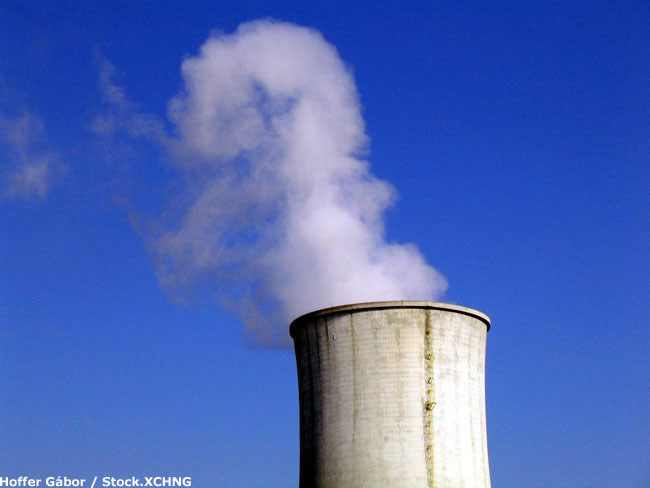Pollution Travels the Globe, Study Confirms

Smog and air pollution from factories can have a negative impact on the air in faraway regions of the world, a new report finds.
In the coming decades, man-made emissions are expected to rise in East Asia and a growing number of countries may feel the effects even as industrialized countries work to tighten environmental protection standards, according to the National Research Council report.
Researchers analyzed meteorological and chemical data and discovered that some pollutant plumes in the United States can be traced back to Asia. One study found that a polluted air mass took about eight days to travel from East Asia to central Oregon.
“Air pollution does not recognize national borders; the atmosphere connects distant regions of our planet,” said Charles Kolb, chair of the committee that wrote the report and president and CEO of Aerodyne Research Inc. “Emissions within any one country can affect human and ecosystem health in countries far downwind. While it is difficult to quantify these influences, in some cases the impacts are significant from regulatory and public health perspectives.”
The report examined four types of air pollutants: ozone; particulate matter such as dust, sulfates, or soot; mercury; and persistent organic pollutants such as DDT. The committee found evidence that these four types of pollutants can drift across the oceans and around the Northern Hemisphere, delivering significant concentrations to continents downwind.
Direct inhalation of ozone and particulate matter can cause respiratory problems and other health effects. Even small incremental increases in atmospheric concentrations can have negative impacts, the committee said.
Mercury and persistent organic pollutants can accumulate on land and in watersheds, which can potentially contaminate food sources. For example, people might consume mercury by eating fish. There is also concern about eventual re-release of “legacy” emissions stored in soils, forests, snowpacks, and other areas of the environment.
Get the world’s most fascinating discoveries delivered straight to your inbox.
Climate change may also lead to a warmer climate and shifts in air circulation. Such changes will likely affect the patterns of emission, transport, transformation, and deposition for all types of pollution, the committee said.
But such an increase could potentially be mitigated by increasingly stringent pollution control efforts and international cooperation in developing and deploying pollution control technology, the report concluded.
Modeling studies have estimated that reducing ozone-causing emissions by 20 percent in the other major industrial regions of the Northern Hemisphere could mean about 500 fewer deaths from premature cardiopulmonary conditions.
To better understand how pollution is transported and what the effects are, the committee proposed a variety of research initiatives, such as advancing “fingerprinting” techniques to better identify source-specific pollutant characteristics, and examining how emissions from ships and aircraft affect atmospheric composition and avoid detection.
Other recommendations include developing an integrated “pollution source-attribution” system that improves capabilities in emissions measurements and estimates; atmospheric chemical and meteorological modeling; long-term, ground-based observations; satellite remote sensing; and process-focused field studies.
- Houseplants Make Air Healthier
- Pollution May Cause 40 Percent of Global Deaths
- Science of Pollution



